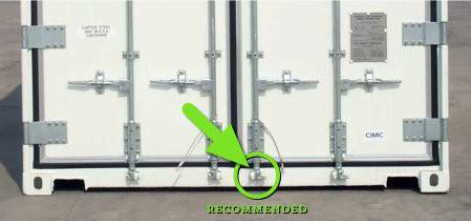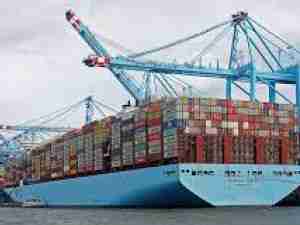MSC Mediterranean Shipping Company reminds supply chain partners of its policy regarding the mandatory use of International Standardization Organization (ISO) 17712 compliant High Security Seals (HSS), on all full containers for international transport by MSC.
BACKGROUND: Under the Customs Trade Partnership Against Terrorism (CTPAT), full
shipping containers must have high security seals properly affixed at the point of stuffing to prevent pilferage, terrorist devices, and other contraband from entering the global supply chain.
MSC POLICY: It is MSC’s policy that an ISO 17712 compliant seal shall be applied at all times during transport under MSC’s custody, and that all letters and digits of the HSS number shall be accurately documented on the Shipping Instructions, Bill of Lading, and Manifest.
All shipments transported by MSC capable of being sealed must be sealed by the shipper (or packer/consolidator acting on the shipper’s behalf) immediately after the container is stuffed at the Shipper’s premises. The High Security Seal must meet or exceed the ISO/PAS 17712:2013 standard for high security seals, as emphasized on MSC’s contract of carriage (Bill of Lading), which states under Section 11.3:
- The Merchant is responsible for the packing and sealing of all Merchant-packed
Containers and, if a Merchant-packed Container is delivered by the Carrier with an
original seal as affixed by the Merchant or customs or security control intact, or the
Carrier can establish bona fide circumstances in which the original seal was replaced,
the Carrier shall not be liable for any shortage of Goods ascertained upon delivery.

To safeguard the cargo, prevent expensive hold-ups and penalties from officials, and to aid the ocean carrier when needed, MSC highly advises that shippers, packers, consolidators, and merchant hauler truckers working in the interest of the Shipper, capture clear images of the following while getting shipments ready for transport:
1. The cargo stuffed inside the container prior to closing the container doors
2. Container doors closed, with the container number clearly visible
3. A close-up of the seal showing the seal number legibly, prior to affixing to the container;
4. The seal properly affixed to the inner right locking hasp or lower right locking rod cam. To ensure proper sealing please use US CBP’s “View, Verify, Twist, Tug” method.










